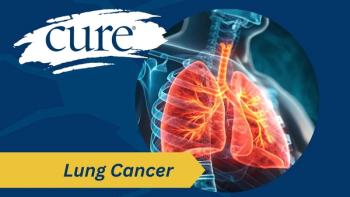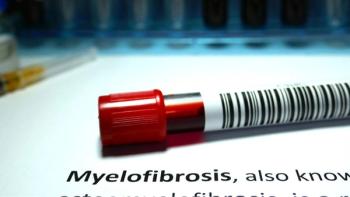
Neurofeedback Reduces Pain Associated With Peripheral Neuropathy From Chemotherapy
Pain from chemotherapy-induced peripheral neuropathy may be able to be reduced using neurofeedback, according to a recent study.
Chemotherapy can have a number of side effects on patients with cancer, including chemotherapy-induced peripheral neuropathy (CIPN), which affects the majority of patients. According to a recent study by researchers at The University of Texas MD Anderson Cancer Center, the pain associated with this condition can be reduced by neurofeedback.
“Chemotherapy-induced peripheral neuropathy is very common in patients with cancer, and there is currently only one medication approved to treat it,” noted lead study author Sarah Prinsloo, PhD, in a statement. Prinsloo is an assistant professor of palliative, rehabilitation and integrative medicine at MD Anderson.
“I’m encouraged to see the significant improvements in patients’ quality of life after treatment. This treatment is customized to the individual, and is relatively inexpensive, noninvasive and non-addictive.”
The study, which was presented at the recent annual meeting of the American Psychosomatic Society, enrolled 71 patients who scored higher than three on the National Cancer Institute’s neuropathy rating scale. The majority of participants, 52 of them, were women with breast cancer; eight had a gynecologic cancer diagnosis, and the remaining 11 had other cancer types. The participants had an EEG and completed validated pain and symptom assessments, including the Brief Pain Inventory and the Pain Quality Assessment Scale, at baseline and after 10 weeks of treatment.
Patients were evenly randomized to either the neurofeedback arm or a waitlist control group. Neurofeedback is a method of brain training that induces neuroplasticity—the ability of the brain to form new connections and change existing ones.
For this study, researchers located the areas in the brain that contribute to the physical and emotional aspects of pain. With these identifiers, patients could modify their own brain activity through electroencephalogram (EEG) biofeedback, a device that tracks and records brainwave patterns through small metal discs with thin wires that are attached to the scalp and connect to a computer for results.
The group receiving neurofeedback engaged in 20 sessions of training where they played a computer game that rewarded them when they modified their brainwave activity in the affected area. Over time, they learned to modify the activity without an immediate reward from the game.
After the treatment, study participants had another EEG, and investigators noted that patients with CIPN exhibited specific and predictable EEG signatures that changed with the neurofeedback, which induced neuroplasticity to modulate brain activity and improve CIPN symptoms.
Participants also completed posttreatment symptom assessments to gauge changes in neuropathic pain. After controlling for participants’ baseline levels, pain was 3.5 with neurofeedback, versus 5.3 in the waitlist group; for numbness, levels were 2.9 and 5.6, respectively, and intensity (3.5 with the intervention versus 5.3 in the control arm). Overall, 73 percent of patients in the neurofeedback group experienced an improvement in pain and quality of life.
Prinsloo said that she found the findings to be statistically and clinically significant, and the results provide valuable information for better understanding neuropathic pain.
The researchers are planning a second study involving focused solely on patients with breast cancer who are experiencing neuropathic pain.
Prinsloo S, Novy D, Driver L, et al. Neurofeedback as treatment for chronic chemotherapy-induced peripheral neuropathy (CIPN). Presented at: American Psychosomatic Society Annual Meeting March 9-12, 2016; Denver, CO. Abstract 1567




